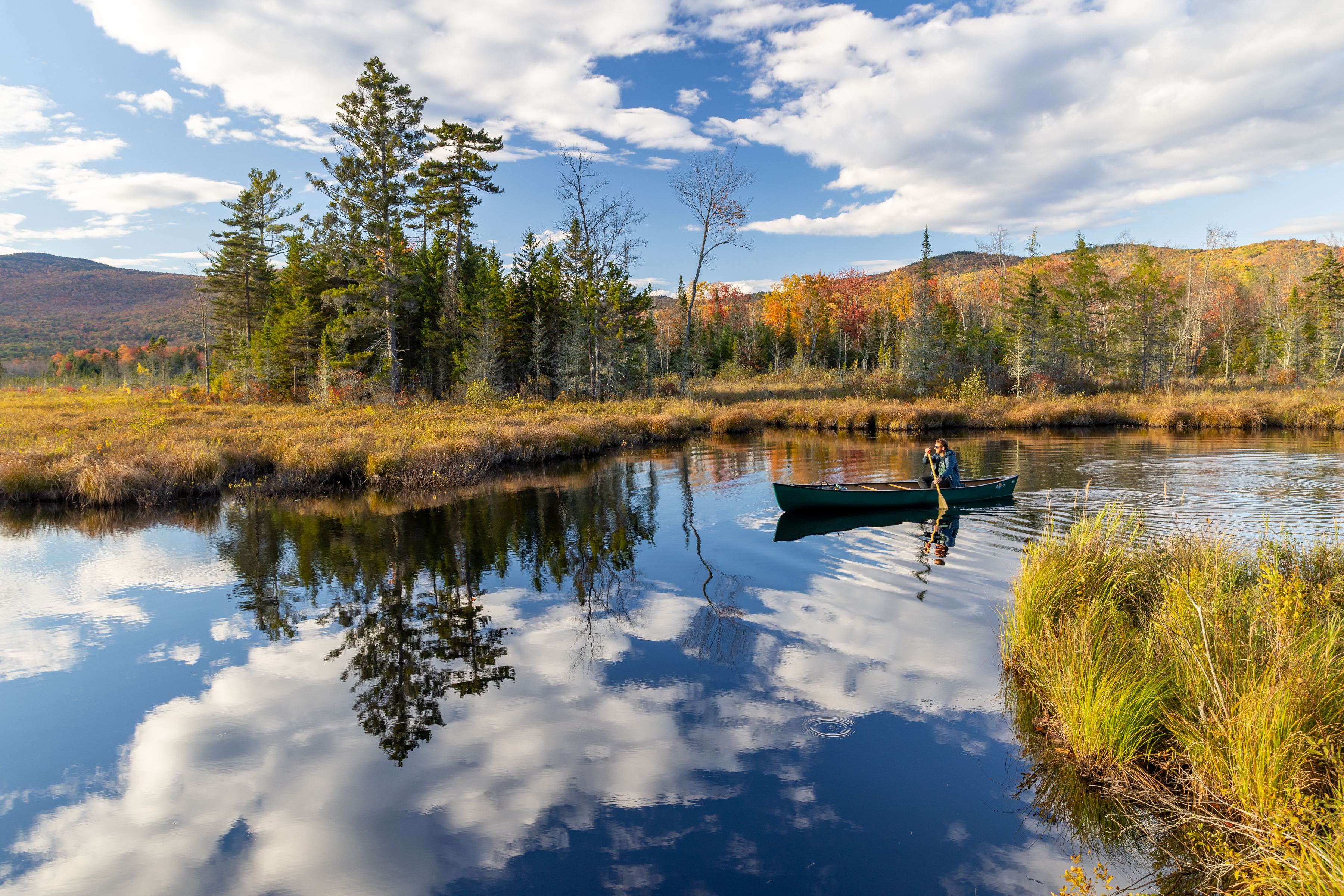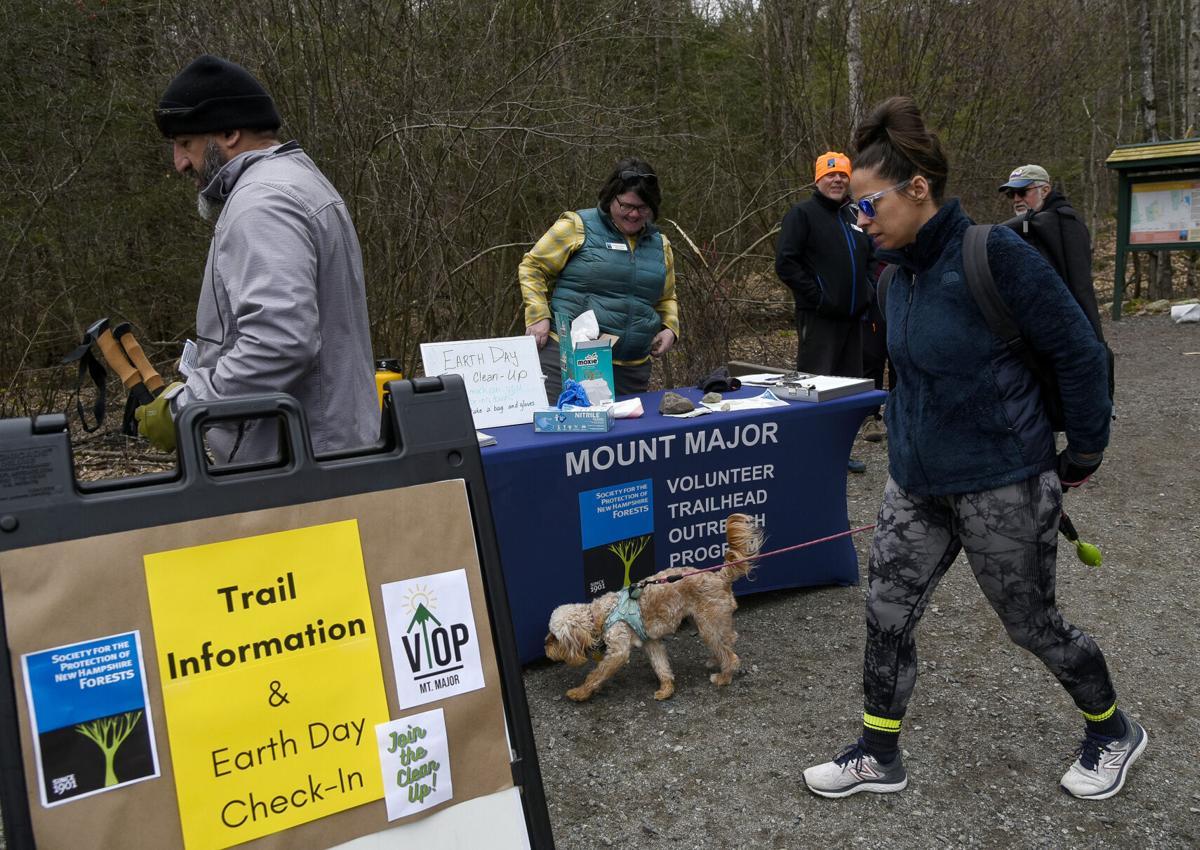This Tuesday is Earth Day, a globally recognized day of celebration and re-commitment to our planet and the many efforts we take to protect it.
At the Forest Society, a frequent query posed every time April 22nd rolls around is, “Well… shouldn’t every day be Earth Day?”
My colleagues aren’t wrong. The values and reflections that occur on Earth Day should extend beyond the confines of one day, not just because the subject of the day is relevant year-round, but because relegating the spirit of environmental change to a single day does a disservice to the history of the day itself.
In the 1960s, the United States had little by way of natural resource protection. Various corporations and industries polluted the atmosphere and waterways with reckless abandon, pesticides and insecticides were employed with little restriction, and leaded gasoline powered the nation.
For a while, the destruction went unaddressed. Politicians believed that their citizens didn’t care enough about environmentalism to create policy around it. With nobody advocating against it, pollution persisted.
By 1969, the country was descending into ecological crisis: Impenetrable smog choked New York and Los Angeles. Santa Monica Bay shimmered with over four million gallons of crude oil, the largest oil spill to date. The Cuyahoga River, polluted by industry chemical dumping, caught fire for the fourteenth time that century.
Through the thick, acrid air and detritus washed waterways, a clear call rose: a change needs to come.
It was answered by Senator Gaylord Nelson of Wisconsin. A passionate conservationist, Nelson had long advocated for a national strategy to safeguard natural resources. But it wasn’t until he witnessed the damage from the 1969 Santa Barbara oil spill—and the outpouring of community response—that he recognized the power of citizen action against the titan of climate change, and set in motion a plan “to organize a nationwide public demonstration so large that it would, finally, get the attention of the politicians and force the environmental issue into the nation’s political dialogue…and political agenda.”
To realize that goal, Nelson recruited Dennis Hayes, a young activist studying at Harvard, to serve as the head of the campaign to bring the day of action to fruition. On a budget of $190,000, Hayes built a coalition of staff coordinators and hundreds of volunteers to organize and execute nationwide demonstrations, teach-ins and speeches, focusing their efforts on college campuses, cities and communities where the effects of environmental degradation were felt the strongest.
On the first official Earth Day, 20 million Americans took to the streets across the country, at 2,000 college campuses, 10,000 high schools and 2,000 community events. Demonstrators wore gas masks in protest of air pollution, sported pins reading “Save Your Earth, You Can’t Get Off,” even dragged nets full of dead fish through the streets of New York City, calling “this could be you!” Congress recessed, sending policymakers to their home states to address their rallying constituents.
When the sun set on the first Earth Day, politicians believed that interest in the environmental movement would settle too. They saw it as a fad, a flash in the pan.
But the call for change continued. By Earth Day’s 10th anniversary in 1980, consistent community action had resulted in the establishment of the Endangered Species Act, the Marine Mammal Protection Act and the Clean Air and Clean Water Acts, to name just a few. It inspired the creation of the Environmental Protection Agency and led to a ban on leaded gasoline and the hazardous pesticide, DDT.
By its 20th anniversary, Earth Day had gone global, establishing organized movements in 141 countries with 200 million annual participants.
The first Earth Day was more than just a single day of protest. It was a turning point in policy making, introducing “quality of life” as a right and not a privilege. It put the environmental movement and the fight against climate change in the rooms of the White House, on the floor of the UN, in the writing of global treaties and in the voices of international activists.
This year, as Earth Day marks its 55th anniversary, over a billion people across 192 countries will take action—cleaning up rivers, planting trees, marching, teaching, and raising their voices. And as we face new environmental challenges—from climate disruption to threats against public lands—we are reminded of what history has already proven: that citizen action works.
Because of it, we’ve seen the return of bald eagles, ospreys, beavers, wild turkeys, and bobcats to once-degraded landscapes. We’ve seen acid rain decline as coal emissions dropped. We’ve seen rivers that once burned now supporting fish, swimmers, and clean drinking water.
Of course, new threats have emerged: PFAS and PFOA contaminants, new rodenticides, land management decisions that threaten our public forests, and ongoing debate between traditional and renewable resources.
But we’ve been here before. Through collective effort, advocacy, and a shared commitment to the planet, meaningful progress has always been possible—and it still is.
Earth Day is every day. Not only is it a recommitment to the defense of our wide and wonderful world, but a reminder that the great power to do so rests where it always has – with us.

